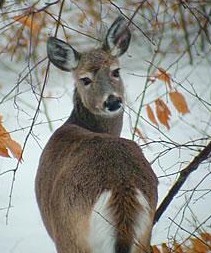Hunters and anglers, writes Marc Bekoff in Animals Matter, “often like to hang signs that say ‘Gone Fishin’’ or ‘Gone Huntin’.’ But what these slogans really mean is ‘Gone killing.’”
When I opposed hunting, I would—like Bekoff—have objected to the euphemisms. Even catch-and-release fishing, with its professed intent not to kill, often does.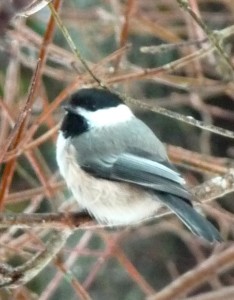
Now that I hunt, though, what strikes me is simply that “gone killing” is a terribly inaccurate description of my experiences in the woods.
When I hunt deer, the creatures I see most often are small woodland birds, usually chickadees. If I’m lucky, a pileated woodpecker might land on a nearby tree trunk with a thwack, or a pair of ruffed grouse might scurry by in the brush. Typically, the biggest mammal I see is a red squirrel, hopping past or pausing to scold me.
Hunters do hope to kill now and then. Yet many of us go years without doing so. I recall talking with a man who was out in the woods, hunting with his son. He said he hadn’t shot a deer in over twenty years. He seemed perfectly content just being out there.
Even when animals do show up, often there isn’t any opportunity for a legal, ethical shot. And even when there is, hunters don’t always kill. Sometimes we let the moment pass.
On the rare occasions when I do shoot a deer, the killing itself takes mere seconds.
In short, killing isn’t what hunters do with most of their time in the field.
But, just for a moment, let’s imagine that Bekoff’s words were literally true—that all hunting entailed killing. If we were all subsistence hunters, dependent on the meat to keep our families alive through the winter, perhaps we’d be glad to know that we’d return from every outing with dinner in tow.
Even then, though, how would the certainty and the constant killing feel? What kind of experience would it be?
I’m not even sure what we’d call it. As one local hunter—a particularly experienced and skilled outdoorsman—once put it after a long, unsuccessful deer season, “That’s why they call it ‘hunting,’ not ‘finding.’”
Maybe next time I head to the woods, I’ll hang a sign: “Gone looking, listening, and birdwatching—and, just possibly, killing.”
© 2010 Tovar Cerulli


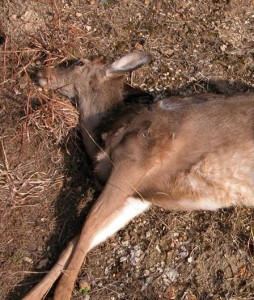
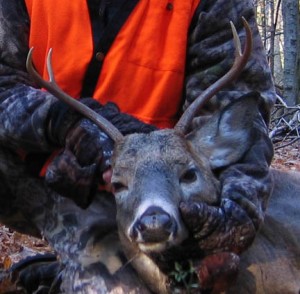 experiences were any measure, it would last a day or two, ebbing slowly.
experiences were any measure, it would last a day or two, ebbing slowly.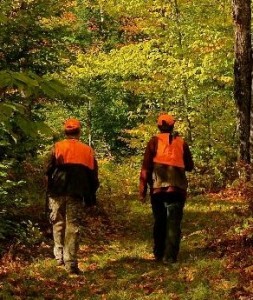
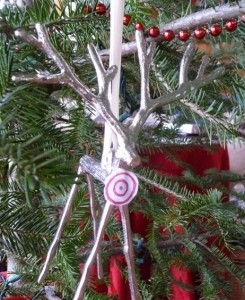 tissue paper, I saw the silvery gleam of spreading antlers. Uh oh. I drew out a shiny reindeer, an ornament for the tree.
tissue paper, I saw the silvery gleam of spreading antlers. Uh oh. I drew out a shiny reindeer, an ornament for the tree.